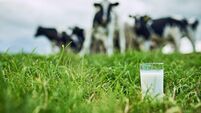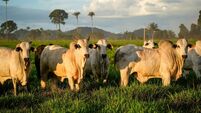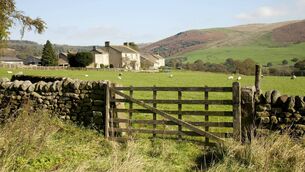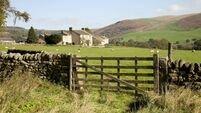As little as 10 kg of maize silage does the trick
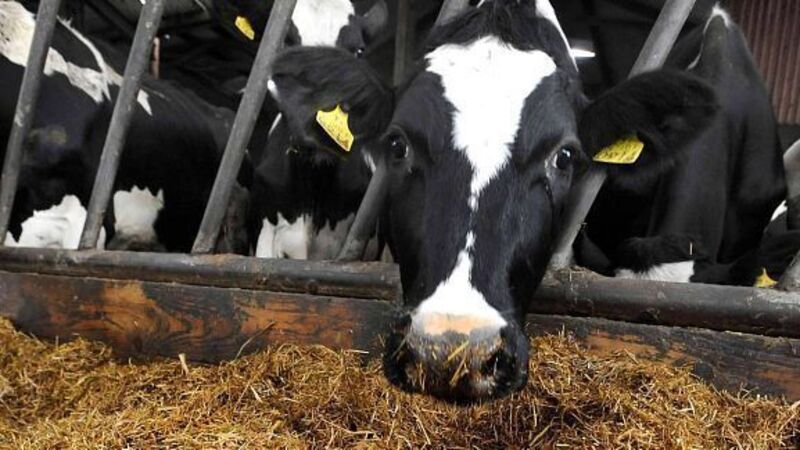
I have visited a lot of my autumn calving customers over the last few weeks.
In general, cows are milking well in these herds, apart form where poor silage has been produced, and no second forage is available.




